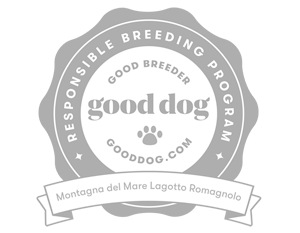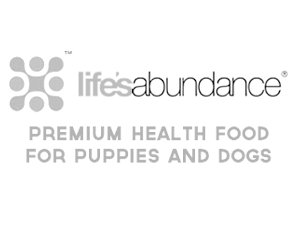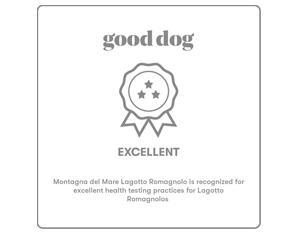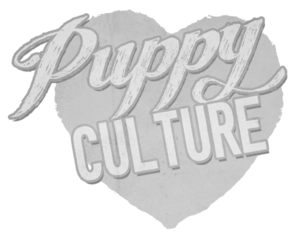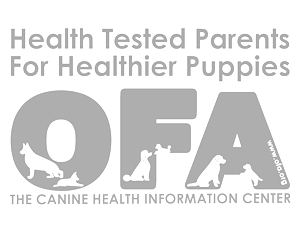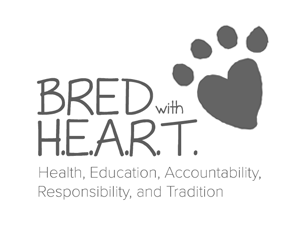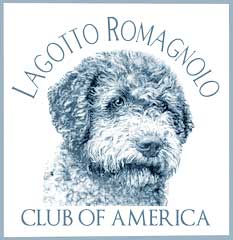A Breeders Story–by Therese Williams
I am generally a well-planned and organized person. I like some order in my life, to some extent anyway. I have always been in management positions, so I must also like to have some degree of control (at least my husband tells me I do). The dichotomy here is that I also have dogs. They don’t seem to like my same sense of order and remind me daily that I don’t always have full control. At times, they do humor me until they make it clear I am delusional.I guess we know who really has the power.
In my quest to join the Lagotto world several years ago, one of my ultimate goals was to develop a breeding program. I researched, was mentored and have been to many classes to learn and ask questions, not to mention how many books and articles I have read. I have easy access to a Veterinary Internist and have queried her at length. I did my homework and knew that unexpected and unfortunate things can happen, no matter how much you plan and prepare. While this has been a long and arduous trek for me, not only to get the correct dogs in terms of temperament and structure, but in timing to begin breeding. This last year, it appeared the stars aligned and I was thrilled at finally having my first Lagotto litter in July 2012. Eight wonderful puppies were born; seven males and one female. Yes, having more females would have been nice, but I was not unhappy about the number of males. After all, they were healthy and had all the right body parts in all the right places.
Over the next few weeks, all was going very well. I tried to do everything right from food choices, to daily early neurological stimulation exercises, to noise de-sensitization, sight stimuli, you name it. Personalities, temperaments, and the “Lagotto look”were all going fabulously until about week number six, post-whelp. What was wrong you ask? Well, on some of these adorable puppies, the coats seemed to be changing. While three of the puppy’s coats were growing longer and beginning to wave and curl, five of them seemed to stop growing longer hair. About this same time, after posting their 6-week photos on the website and Facebook, another breeder in Europe said it looked like I might have puppies affected by the short-coat gene. I knew of this, but I had a normally coated dam who had never been known to throw a short-coat before (this was her fifth litter), and the sire (his first litter) has a beautiful coat with gorgeous curls. How could this happen, and why to me? I was stressed, but needed answers.
At about the same time, our Breed Health and Education Committee had been discussing the incidence of dogs with incorrect coats, but needed test subject willing to work with them and a couple of laboratories here in the US. A test had been developed used in Europe, but of course, it is optimal to have something closer to home, and they needed to see if some existing tests would work for Lagotto.
Well, not only did a short-coat puppy occur, I had the perfect scenario for working with DNA labs, with having the sire, the dam, normally coated puppies as well as incorrect coats. DDC Labs in Ohio asked for buccal (cheek) swab samples from the full spectrum; sire, dam, and both coat-type puppies. Optigen, who has an incorrect-coat test for Portugese Water Dogs asked for a blood sample from one of the short-coated puppies. DDC was looking for “furnishings” or actually a lack of them in the DNA of coat development. This is similar to the test they use in Europe. Optigen wanted to see if the PWD incorrect-coat test would show affected on a Lagotto. Both tests worked and of course, for those of us that breed these wonderful dogs, this is HUGE news!
What is important to remember is that this is a cosmetic thing, and has nothing to do with the health of the animal. Still, it was a bit of a shock after all the hard work and planning that I did not end up with the perfect litter (I know, no such thing). While all the puppies were technically spoken for, I now needed to tell the new owners that while these were 100% pure Lagotto, they would not look like one. In fact, they might be mistaken for a Brittany, a Springer or even a German Short-haired Pointer (with a tail). As you can imagine, those folks needed to think about that, and a couple did back out citing that while they really only wanted a family pet, the look was important too. Not a problem and deposits returned. Of those that were un-phased by the news, their responses ranged from “really, now I won’t have to pay for grooming?” to, “I want a dog with a good nose for truffling, what do I need hair for?” Those folks love their short-coats.
From a “research” standpoint, the incidence of puppies with short or “incorrect coat”can and will happen to another breeder at some point, and that is why I share my story with you.In doing a comparison of coats, some of the data suggests that they may shed more than the curly coats. My observation is yes, but only because they do not have the curls that hold in the dead-hairs. Shedding is pretty minimal, but is more noticeable. Other data suggests those persons with allergies may be more affected when around the puppies with incorrect coats. In a very unscientific method, I had some friends with severe allergies test this theory. They do not react to my normal coated dogs, and also did not with the puppies. Good news there, but everyone is different.Other positives is that they track I a lot less dirt, will not get caked with snow in the winter and they dry very quickly. The biggest negative, they don’t look like a Lagotto. That said, they are truly beautiful in their own right.
This circumstance has also reminded to about what was really important in being a breeder, first and foremost: to breed healthy puppies with fabulous temperaments. That part I got. This has also taught me even more about human nature, and when I speak to potential buyers, knowing why they chose aLagotto is heard with slightly different ears. So odd that when I mention the coat thing to some, they think I must have bred some type of mutant. Those are not the owners for my dogs.
It is important to talk about the occurrence of incorrect coat in our breed. It is not something to breed to obtain, but when it does happen, it would never mean you are a bad breeder or you did not do the right thing. The confirmation that we now have not one, but two tests to use is exciting, so in a very weird way, I am almost happy that if it was going to happen, it happened to me. It gives me an opportunity to not only help educate, but share with you my experiences.
To my dogs and puppies that were the test subjects, the Lagotto community thanks you, and I thank you for all that you taught me.
Lagotto Romagnolo – Breed Standard
General Appearance Small to medium-sized dog, well proportioned, powerfully built, of a rustic appearance, with a dense, curly coat of woolly texture. The dog should give the impression that he has the strength and endurance to work all day in difficult and...
Early Spay Neuter: 3 Reasons To Reconsider
By Dana Scott The topic of spay/neuter is emotionally charged for many pet owners. It’s become the “responsible” thing to do and we commonly hear of the benefits of this surgery but rarely the risks. And when savvy pet owners avoid early spay/neuter (or forego it...
Living with the Lagotto Romagnolo
Hey, what kind of dog is that?” “Thank you for asking, It is a Lagotto Romagnolo.” “A what? I thought it might be some kind of doodle.” These are the daily conversations of anyone that owns a Lagotto Romagnolo. A Little Histoy The Lagotto Romagnolo in fact, is a very...
Lagotto Romagnolo pronounced:
lag-oh-toe roman-yolo
Puppy Culture Program
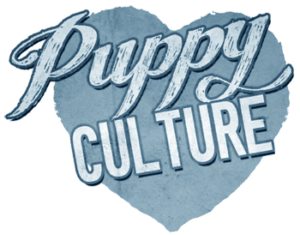
High-quality
Our puppies are raised in the home, are fed a high-quality diet and we follow the Puppy Culture Program for proper socialization and training.
Endorsements
